
Browse an alphabetical list of film clips that feature important events before, during, and after the Holocaust and World War II. These clips include home movies, propaganda films, newsreels, and more.
<< Previous | Displaying results 91-100 of 191 for "Film" | Next >>
The ship "Henrietta Szold," carrying more than 500 Jewish "illegal" immigrants from Greece to Palestine, arrived in Haifa on August 14, 1946. British authorities immediately interned the immigrants and deported them to British internment camps on the island of Cyprus.
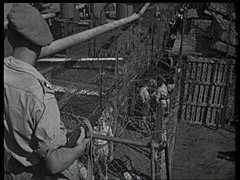
The postwar movement of about 250,000 mainly eastern European Jewish survivors to displaced persons camps and to the West, with the goal of reaching Palestine, was known as the "Brihah" ("flight"). Here, Jewish refugees cross illegally into Italy, probably to charter a ship to sail to Palestine. The British restricted Jewish immigration into Palestine and deported "illegal" immigrants to detention camps in Cyprus.
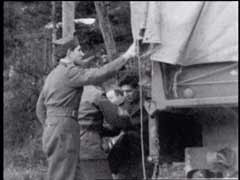
After the Munich agreement and the Czech surrender of the Sudetenland to Germany, German authorities expelled these Jewish residents of Pohorelice from the Sudetenland to Czechoslovakia. The Czech government, fearing a flood of refugees, refused to admit them. The Jewish refugees were then forced to camp in the no-man's-land between Bruno and Bratislava on the Czech frontier with Germany.
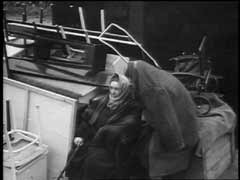
US forces liberated the Dachau concentration camp in Germany in April 1945. Here, survivors of the camp stand during the singing of "Hatikva" ("Hope") before Rabbi David Eichhoren, a US army chaplain, leads one of the first Jewish prayer services after liberation.
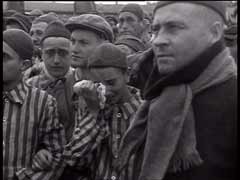
Shortly after the German occupation of Belgrade, Yugoslavia, in April 1941, the Germans forced Jews to clear the rubble caused by the heavy bombardment of the city. This German newsreel footage shows Jews clearing some of the rubble. Most of the city's Jews were later arrested and interned in camps. The German army later shot the Jewish men in retaliation for Serb resistance; the Germans killed the Jewish women and children in gas vans. Only about 2,200 Jews of Belgrade returned to the city after the war.
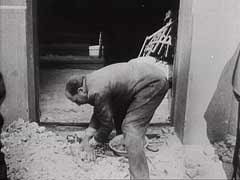
Julius Streicher, Nazi leader and publisher of the antisemitic newspaper "Der Stuermer" (The Attacker), makes a speech accusing Jews of trying to control the world and living by the exploitation of non-Jews. According to Streicher, the only answer for Germany is to solve the "Jewish question."
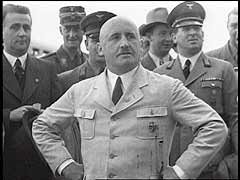
Japanese pilots used the tactic of Kamikaze (suicidal) dive-bombing attacks on enemy warships in 1944 and 1945. The "USS Nevada," despite an escort and efforts to fight off a Kamikaze attack, sustained such a hit in early 1945 off the coast of Japan. The "USS Ticonderoga," a carrier, also sustained such a hit in early 1945 off Formosa (Taiwan). The impact of Kamikaze attacks decreased during the final months of the war in the Pacific, in part because of an improvement in Allied evasion tactics.
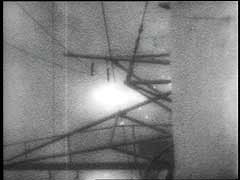
Upon arrival in the Auschwitz camp, victims were forced to hand over all their belongings. Inmates' belongings were routinely packed and shipped to Germany for distribution to civilians or use by German industry. The Auschwitz camp was liberated in January 1945. This Soviet military footage shows civilians and Soviet soldiers sifting through possessions of people deported to the Auschwitz killing center.
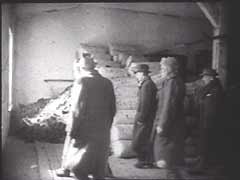
Soviet military footage showing children who were liberated at Auschwitz by the Soviet army in January 1945.
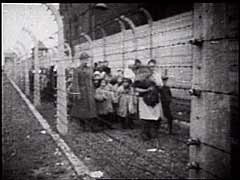
Soviet troops entered the Auschwitz killing center in January 1945 and liberated thousands of sick and exhausted prisoners. This Soviet military footage was filmed shortly after the camp was liberated. It shows Soviet doctors examining victims of sterilization, poisonous injection, and skin graft experiments.
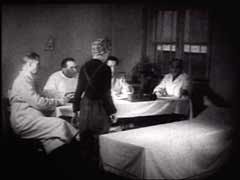
We would like to thank Crown Family Philanthropies, Abe and Ida Cooper Foundation, the Claims Conference, EVZ, and BMF for supporting the ongoing work to create content and resources for the Holocaust Encyclopedia. View the list of donor acknowledgement.